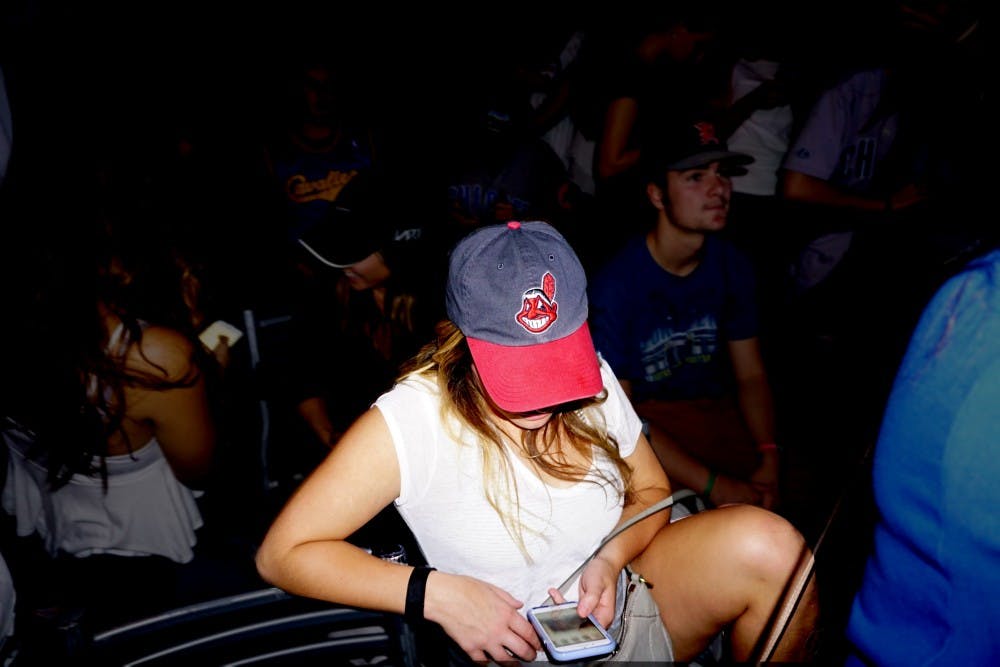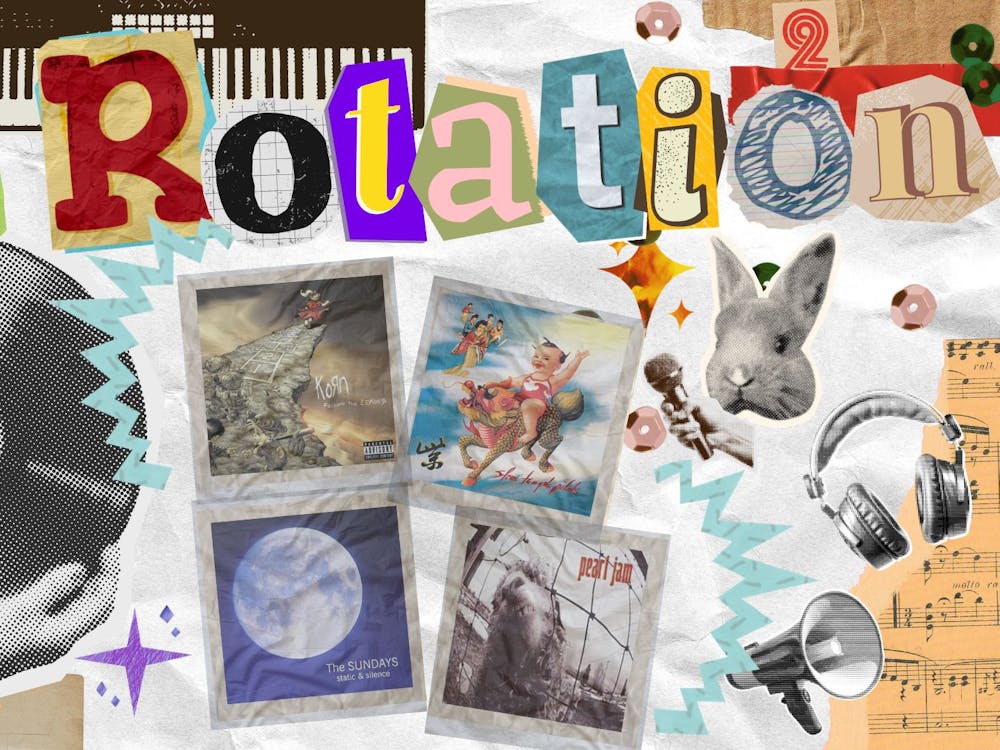By Elizabeth Hansen, Assistant Culture Editor
With the passing of Halloween and the recent World Series, which featured the Cleveland Indians and their controversial mascot, the topic of cultural appropriation has become a major conversation throughout America as well as on Miami's campus.
Students gathered in Upham Hall on Halloween night to discuss appropriation and how our generation can understand this ongoing debate.
Leading the conversation was Amira Beasley, a senior Latin American and international studies double major. Beasley is a campus fellow for Diversity Abroad, an organization focused on connecting diverse students with international, educational and career opportunities. This discussion was just one event that Diversity Abroad puts on throughout the year.
Beasley defined cultural appropriation as members of a culture (usually dominant) "borrowing" or "using" components of another (usually minority) culture for reasons other than their original intention.
"I'm sure I'm guilty of it, and it's not to be down on people but to open their eyes," said Beasley. "For me it's more like, how can you condense one culture into one costume?"
A common culture that is often appropriated on Halloween is Native American culture. Borrowed elements such as headdresses and traditional jewelry are used as costumes rather than for their original spiritual purposes.
But Native Americans aren't just appropriated on Halloween -- they have been appropriated in American sports for centuries.
Many people are pushing for American sports teams like the Chicago Blackhawks, Washington Redskins and the Cleveland Indians to reconsider their use of these terms like Miami University did with its own "Redskin" mascot back in 1998.
Jacob Glaser, a sophomore Cleveland Indians fan, understands how the mascot, Chief Wahoo, can be offensive. But to him, Chief Wahoo isn't a symbol of racism -- it's a reminder of memories shared with his dad.
"Chief Wahoo is more than just the logo of my favorite baseball team," said Glaser. "I see it and think about all the memories I have of the Indians from when I was a kid. Indians baseball played a major role in my childhood and is something that brings my dad and I together."
Glaser believes that most Indians fans feel the same way about Chief Wahoo.
Enjoy what you're reading?
Signup for our newsletter
"For a lot of fans, I think the logo is a symbol of what the Indians mean to them, and that meaning is what is associated -- not anything that's offensive..." said Glaser. "[But], when it comes down to it, it's a caricature of a Native American, so it's easy to see why people are offended by it ... I can see why the logo might have to go, but I don't want it to."
Lydia Yellow Hawk, a member of the Native American Student Association, said the controversy over these mascots, especially Chief Wahoo, is one of the most common questions people ask her. She asked students to put this into perspective.
"It's dehumanizing to Native Americans, and it's really interesting to see why people want to use Native American culture and appropriate it," said Yellow Hawk. "I've had people say, 'Oh it's fine, Native Americans make up less than one percent of the population...' [But] what if you threw another cultural minority up there?"
Beasley offered that the excitement and tradition around American sports often blinds us from seeing where the line that can't be crossed lies.
"It sometimes prevents you from taking a step back," said Beasley.
Beasley believes the reason Americans have more of a problem with cultural appropriation than other cultures is because there are so many cultures in America.
"We see elements of different cultures around us, but just at a superficial level," said Beasley. "I think [solving this means] getting to know someone who will invite you into their culture, just so you can see how a lot of things that we think have superficial meanings really have deep meanings."
The Diversity Abroad program hopes to present a similar discussion next year, involving even more cultural organizations.




